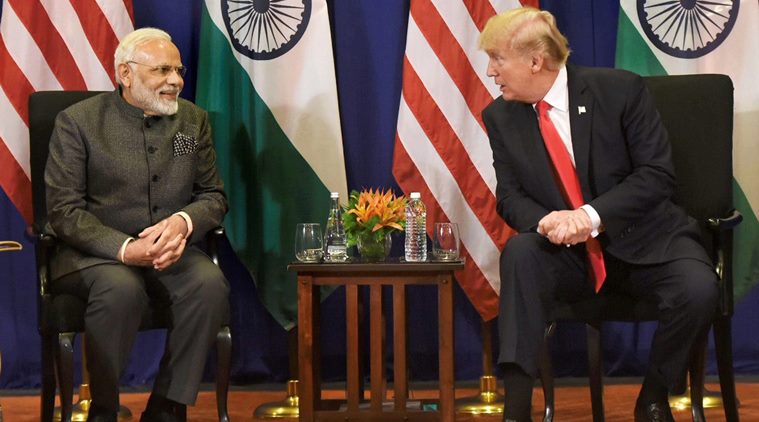US President Donald Trump has announced that he was ending India’s $5.6 billion trade concessions under the Generalised System of Preferences (GSP) programme accusing New Delhi of not providing Washington “equitable and reasonable access” to its markets.
Trump, who is on a mission to expand market access abroad and end trade deficits, made the announcement on Monday in a letter to House Speaker Nancy Pelosi and Vice President Mike Pence in his capacity as the Senate President.
Before we get into the details of the recent developments, it is important to understand US trade preference program and what exactly is the GSP.
What is GSP?
Generalized System of Preferences is a preferential tariff system extended by developed countries to developing countries (also known as preference receiving countries or beneficiary countries). It is a preferential arrangement in the sense that it allows concessional low or zero tariff imports from developing countries.
Developed countries including the United States, European Union, United Kingdom, Japan etc., gives GSPs to imports from developing countries.
GSP involves reduced or zero tariffs of eligible products exported by beneficiary countries to the markets of GSP providing countries.
According to the Office of the United States Trade Representative, US GSP program provides opportunities for many of the world’s poorest countries to use trade to grow their economies and climb out of poverty.
The products covered under GSP are mainly agricultural products including animal husbandry, meat and fisheries and handicraft products. These products are generally the specialised products of the developing countries.
Also read: Trump asks China to remove agricultural tariffs on US
The US has a strong GSP regime for developing countries since its launch in 1976, by the Trade Act of 1974. In the past, thousands of products were imported from nearly 120 designated beneficiary countries and territories, which are revised annually.
Impact of GSP withdrawal on India
India exports nearly 50 products of the 94 products on which GSP benefits are stopped. The GSP removal will leave a reasonable impact on India as the country enjoyed preferential tariff on exports worth of nearly $ 5. 6 billion under the GSP route out of the total exports of $48 bn in 2017-18.
In total India exports nearly 1,937 products to the US under GSP.
Removal of GSP indicates a tough trade position by the US; especially for countries like India who benefited much from the scheme. The US was insisting that India reduce its trade surplus. India is the 11th largest trade surplus country for the US and India enjoyed an annual trade surplus of $21 billion in 2017-18.
Also read: Trump announces plans to end $5.6 bn preferential trade programme for India

















